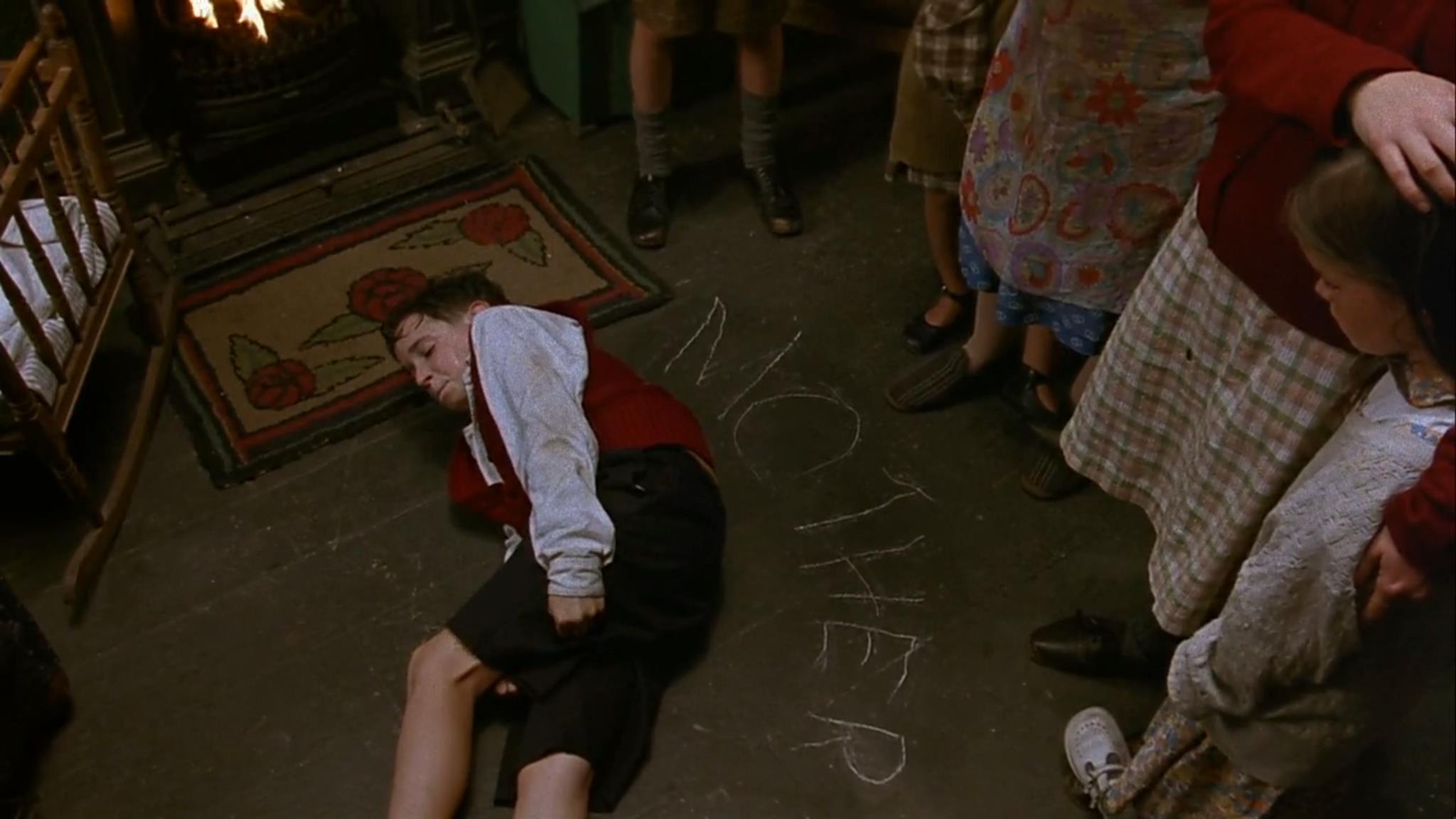Through art pieces, our minds can rest. A resting mind is important because fatigue doesn’t just go away only if the body is resting and the mind is unable to rest. The story goes on through an art piece by Vilhelm Hammershoi, Huile (Reposo).
The subtitle of this piece is ‘meditation about the eccentricity of ordinary objects.’ Hammershoi expressed the backside of his wife, while she sat on a chair, in achromatic colors and added this subtitle. As we view her backside, we have no idea whether she really rests as we cannot see her face. Her backside depicts many stories. Countless stories could be told through her figure that her face doesn’t tell. The artist could have been trying to read the mind of his wife who was sitting with her back to the artist. A simple chair and table with a white plate fill up the space near her. The light illuminating on the back of her neck catches our eyes. That light does not reach her face. It seems that we can read her mind from her figure gazing at the dark shadow in the corner of the room. Is her mind really resting although she is resting on a chair?
As the subtitle suggests, we start to see ordinary objects eccentrically from the point of view of the mind’s eye and treat those ordinary objects around us with these minds. The mind works like that. Your mind makes you see the world differently and changes the world according to your standards. Would the artist have been willing to express the contradiction to the world that our mind has? It seems that she takes a rest but her figure is also nothing more than an object that looks eccentric. We even reach enlightenment through the process of meditation upon the scenery that such objects create. Many things are conveyed even in this instant moment that looks immensely ordinary. If we take out those many things one by one, what remains in the end is the empty canvas background. The world that the artist sees fills up the space that was once an empty canvas.
Here in this moment of rest expressed by Degas, the scene delivers many stories to us in a different way. A family strolling down the beach at a quick pace, an old gentle man taking a walk with a dog, and people enjoying leisure time at a shallow beach are painted as a background on the canvas. At the forefront, a ‘resting’ mom and child are into their own time not giving attention to the surrounding scene. The lady is combing the girl’s hair as the girl dozes off beside her. The scene that looks infinitely peaceful even comforts our mind. The lights from grey clouds over at the horizon and the pastel colored beach soothe our mind. The maestro of composition, Degas, has successfully arranged the positions of people, which catches our eyes.
The power of art work is shown from here. This power transcends generations and cultures by penetrating our minds. Some art pieces make us reflect on ourselves and offer some time for giving it a thought, while some pieces purify our mind simply by looking at them. At the moment that the lady combs the hair of the girl, time in the scenery seemingly stops and gives our mind a rest by traveling more than a hundred years. Of course, no one will get the same impression from the pieces. When the rest is in our mind, we could see the rest from the world. When our mind is at rest, the whole world will rest; just as the time in Degas’s painting has peacefully rested for a hundred years. The true rest would be ‘eternity’ that transcends time.







